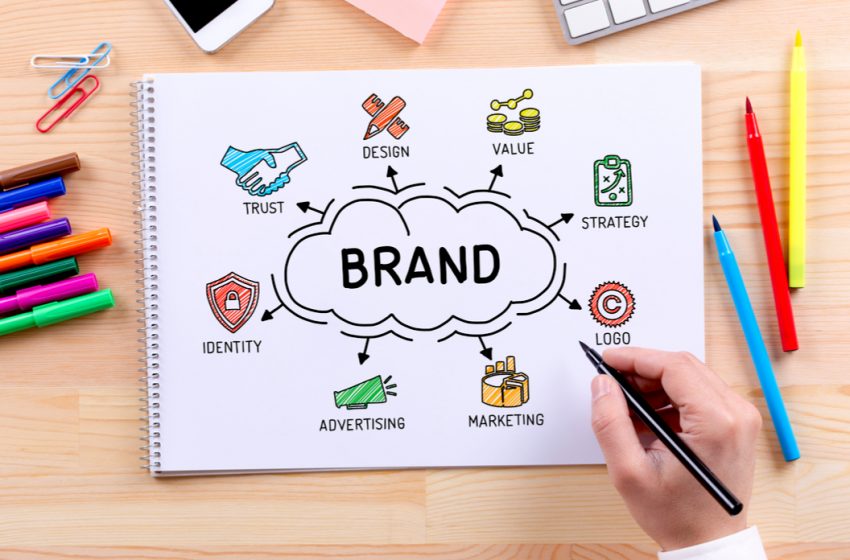Branding will undergo sea-change in the post Covid-19 world

Soham Majumdar
The Covid-19 pandemic has upturned global economies and businesses are the ones to take the hardest hit. While several companies are battling with bankruptcy, with corroding resources and deteriorating assets, many more such instances will follow if the financial engines are not started at the earliest.
Unfortunately, whenever a crisis of this magnitude occurs, branding and marketing budgets are always the ones to face the first cuts. It becomes an easy target since most large companies traditionally have their marketing functions outsourced. Within marketing, media spends are pulled back first, followed by service providers fees and then probably, employee remunerations.
Therefore, moving ahead, brands will not only look to cut costs in terms of creative and content production via intelligent tech infusions, but will also adopt innovative approaches and agile business marketing strategies, topped with exhaustive levels of intuition and coherence, in tandem with the new normal.
One of the aspects that will surge in prominence post the Covid-19 era, will be OmniChannel marketing, as it will allow brands to have a personalised engagement and interaction with customers across multiple platforms, as well as, improve targeted relevant advertising. Video marketing will also permeate the marketing mix extensively, as even post lockdown, practice of social distancing will continue and people will increasingly rely on digital media, especially videos.
Additionally, branding will become more niche or micro-niche going forward, focussing entirely on the brand strength rather than something generic. For example, a shoe manufacturer should talk about his key USP instead of talking about comfort, cost and accessibility, all at once.
Product offerings are also likely to witness readjustments. With limited incomes at their disposal, consumer buying behaviour is bound to shift going forward and essential purchases will displace luxury buying. Standalone luxury brands will need to bank upon alternative contingency plans to survive and win big. This can be done by finding workable ways without diluting the brand’s unique identity.
CSR and philanthropic activities will also gain heightened prominence. In these testing times, serving the community, for example, feeding or taking care of the underprivileged, helping senior citizens, extending help to daily wage labourers will go a long way in riveting brand salience and its equity in people’s minds. Not only will it help a brand gain customer trust and support, but will also add to its credibility in the long run.
Further, communication around hygiene measures that are put in place, will also take the centre stage. Brands have to reassure customers that, right from the manufacturing to the point of sale, the entire supply chain works in robust adherence to stringent hygiene best-practices. Contactless experiences will be the norm across many segments and product categories.
Brand communication also need to be more empathetic in form and essence. With so much fear and uncertainty in the air, being sensitive to customer’s needs, wants and aspirations will help brands to craft messaging that are compassionate and are likely to be appreciated. Even little acts of kindness now will build trust and goodwill in the long run. It is time to showcase genuine care and concern.
It must also be noted that, long before Covid-19 emerged, consumer trust in the establishment and in the big brands was slowly retracting. Discerning customers today align more with friends, family and globally local businesses. The pandemic is likely to amplify this pattern and the key will be to re-establish trust through customer-centric actions.
Branding needs to be nimble and be completely in sync with what customers feel and does and why. Social listening will increasingly gain ground and brands will now pay more heed to customer care emails, phone calls and service chats from the front line to understand where the shift in sentiments is happening and what are they exactly pointing toward. The response will also be more honest and crisp as any broken promises now can be immensely detrimental to a brand’s reputation and value proposition, as most conversations are going to happen online and via digital channels.
Over the next six months, brands need to straddle on to well-mediated actions, considering multiple scenarios that might emerge. Some of which will include, managing promises by setting realistic expectations, creating capacities to address customer service volumes, ramping up digital deliveries and online transaction systems and optimising marketing budgets. Priority spending will rule the roost for most marketers out there.




